Your search 'tube aluminium'KdaDTd' did not match any products.
Showing results using some of your search terms 'tube aluminium'KdaDTd'
Search results for 'tube'
-
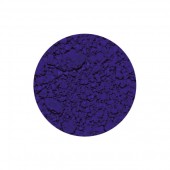
Ultramarine Blue Limewash Pigment
Starting at: £6.30
-
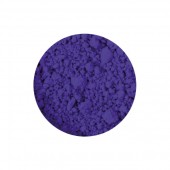
Ultramarine Blue Dark Pigment
Starting at: £4.00
-
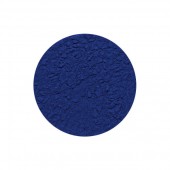
Ultramarine PB29 Pigment
Starting at: £9.10
-
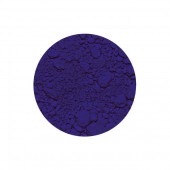
Ultramarine Blue Light Pigment
Starting at: £6.00
-

Natural Beeswax
Starting at: £11.20
-

Bleached Beeswax
Starting at: £12.30
-
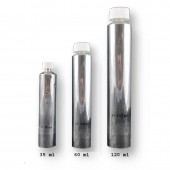
Empty Aluminium Tubes
Starting at: £1.05
-
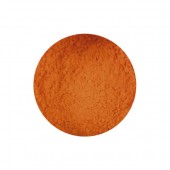
Lead Red Pigment (Minium)
Starting at: £7.30
Call to Order



